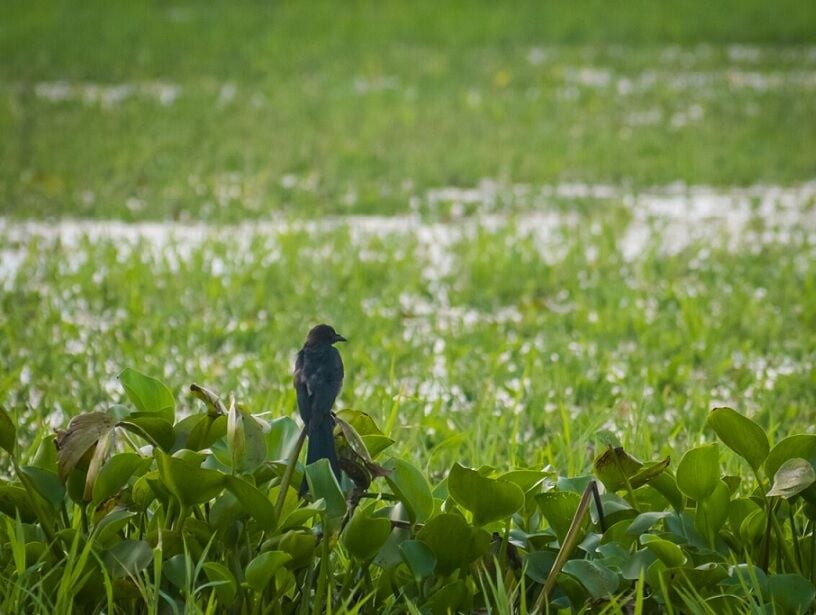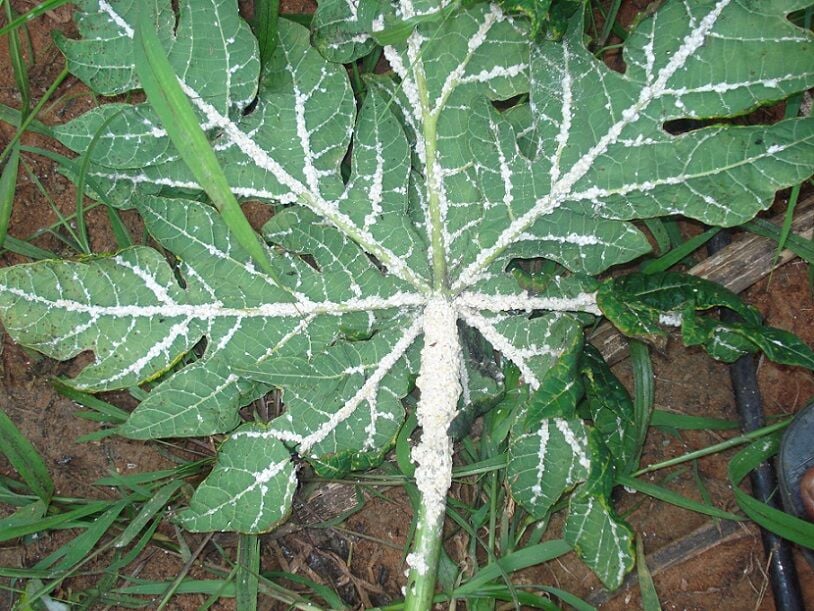Ecosystem under siege: Tackling invasive species in Thailand

Thailand, a country celebrated for its rich biodiversity, faces a silent invasion. Non-native plants and animals, known as invasive species, are encroaching upon its ecosystems. These intruders pose a significant threat to local wildlife, agriculture, and the economy. In this article, we’ll delve into the challenges Thailand faces and the solutions being implemented to manage or remove these unwelcome guests.
Invasive species in Thailand
Thailand’s natural beauty faces a threat from invasive species, like the rampant water hyacinth clogging its waterways. This plant, alongside the crop-destroying giant African snail, spells trouble for native flora and fauna. These intruders outcompete local species, upsetting ecological balances and harming agriculture. Thailand’s fight against these species is urgent, requiring public awareness and swift action to safeguard its environmental heritage. With everyone’s help, we can protect Thailand’s diverse ecosystems for future generations.
1. Plant pests: The green menace

The water hyacinth (Eichhornia crassipes) is infamous among the green invaders. This floating plant, with its striking purple flowers, may appear harmless, but it is anything but. It forms dense mats on water bodies, blocking sunlight, depleting oxygen, and affecting aquatic life. Another troublesome plant is the mile-a-minute weed (Mikania micrantha), a fast-growing vine that smothers other vegetation, hindering the growth of native plants.
2. Animal adversaries: The faunal threat

The animal kingdom has its share of invaders too. The red-eared slider turtle (Trachemys scripta elegans), popular in the pet trade, has become a menace in natural waterways, competing with local turtle species for food and basking spots. The giant African snail (Achatina fulica), as mentioned earlier, poses a significant threat to agriculture, feasting on a wide variety of plants.
3. Fishy foes: Aquatic invaders

Thailand’s waters are not free from invasion either. The suckermouth catfish (Pterygoplichthys pardalis), originally from South America, has made itself at home in Thai rivers. It destabilizes riverbanks with its burrowing behaviour and competes with native fish for food. Another fish, the tilapia (Oreochromis spp.), introduced for aquaculture, has escaped into the wild, breeding prolifically and outcompeting indigenous fish species.
4. Insect intruders: The tiny terrors

Insects, too, can be invasive. The fall armyworm (Spodoptera frugiperda), a recent arrival, targets maize crops, causing significant damage. The papaya mealybug (Paracoccus marginatus), which attacks various crops including papaya, cassava, and eggplant, is another pest that farmers dread.
How dangerous are invasive species to Thailand’s ecosystem and economy
Impact on ecosystems
Thailand’s rich ecosystems face a crisis. Invasive species, unwanted outsiders, are muscling in. They snatch resources, leaving native species struggling. Biodiversity suffers, food chains wobble, and local wildlife risks extinction. It’s a battle for survival, and Thailand is fighting back. Awareness, action, and prevention are key to safeguarding the natural balance. United, we can protect Thailand’s unique biodiversity for a greener future.
Agricultural havoc
Thai farmers face a tough battle against invasive species like the giant African snail. This pest, which feasts on a staggering variety of over 500 plants, poses a real threat to crop yields and farmers’ livelihoods. Eradicating this snail is crucial for protecting Thailand’s agricultural productivity and economy. Quick action and smart strategies are essential in safeguarding the nation’s farming future from such invasive foes.
Economic implications
Tourism is a big deal in Thailand because people love its beautiful nature and amazing animals. But there’s a problem: unwanted plants and animals are moving in and could ruin these places. These outsiders can take over and damage the environment, which isn’t good for the animals that live there or for the tourists who want to see them.

These invasive species spread fast and can mess up the places that make Thailand special. This is bad news not just for nature, but also for people who work in tourism. They rely on visitors who come to enjoy Thailand’s natural beauty. To keep Thailand’s beautiful spots safe, the country is fighting back against these invaders. By doing this, Thailand can be a wonderful place to visit for both tourists and the Thai people who call it home.
Removal and management
Thailand is fighting hard against plants and animals that don’t belong there. Getting rid of them is important. One way to do this is by pulling out plants like water hyacinths from rivers and lakes. Another smart way is using nature itself—letting creatures that eat these invaders keep their numbers down.
This is a smart use of how nature usually works. Thailand is looking into these ideas because it wants to keep its wildlife safe and healthy. The goal is simple: make sure the country’s many different plants and animals stay that way. By working together, we can help Thailand beat these unwelcome outsiders.
The battle against invasive species in Thailand is a complex one. Yet, with continued effort and community engagement, there is hope for preserving the country’s unique ecosystems. It is a challenge that calls for vigilance, innovation, and cooperation, ensuring that Thailand’s natural heritage remains intact for generations.
Are you on the hunt for gardening wisdom tailored to Thailand’s unique climate? Dive into our expertly crafted article, Unlocking the Secrets of Successful Gardening in Thailand, and unearth the keys to a flourishing garden in this tropical paradise, click HERE.
Latest Thailand News
Follow The Thaiger on Google News:


























